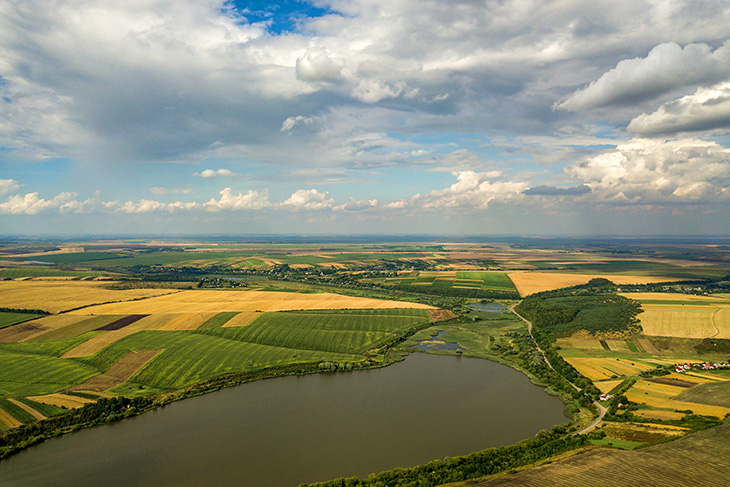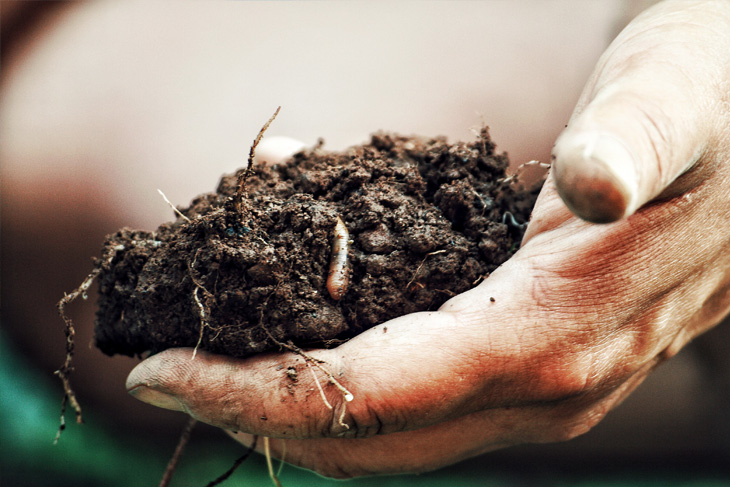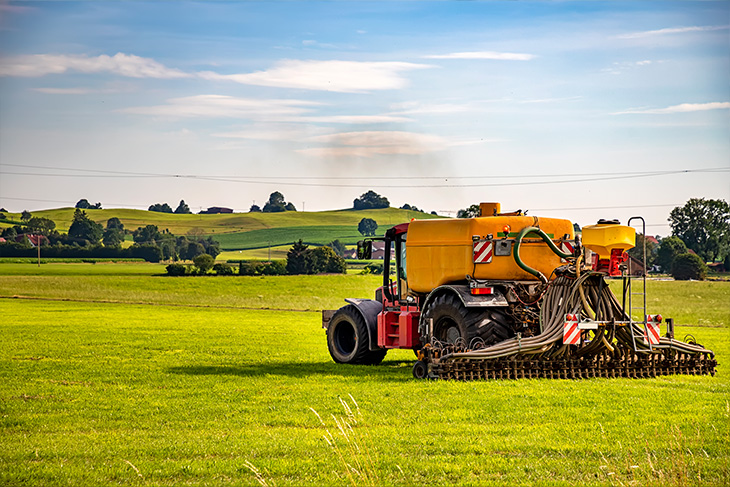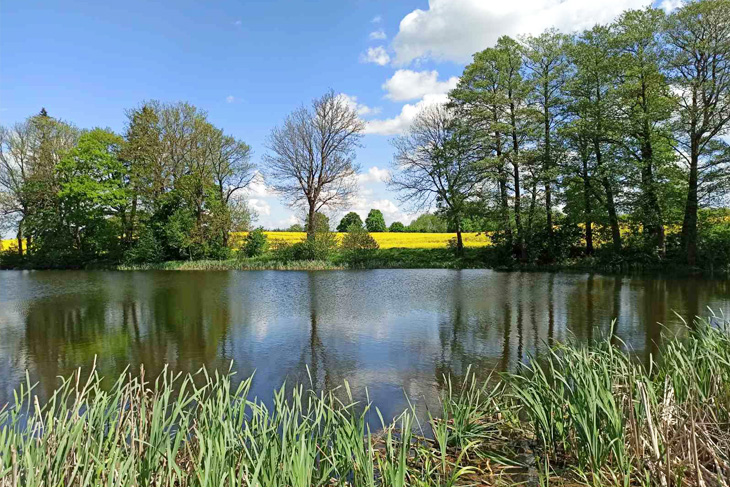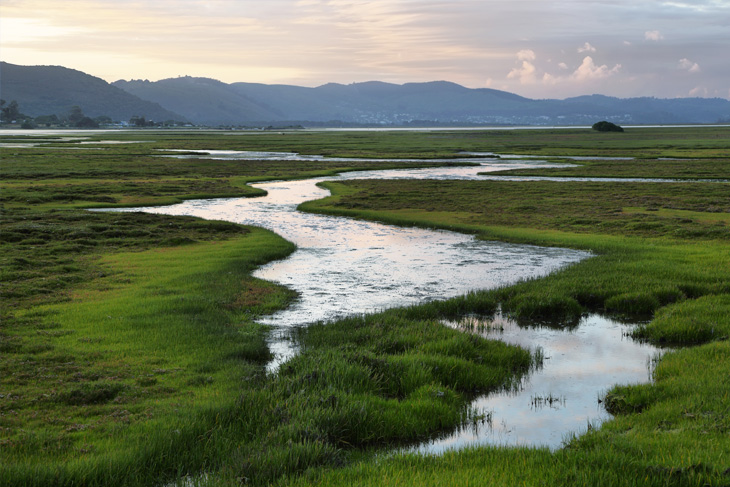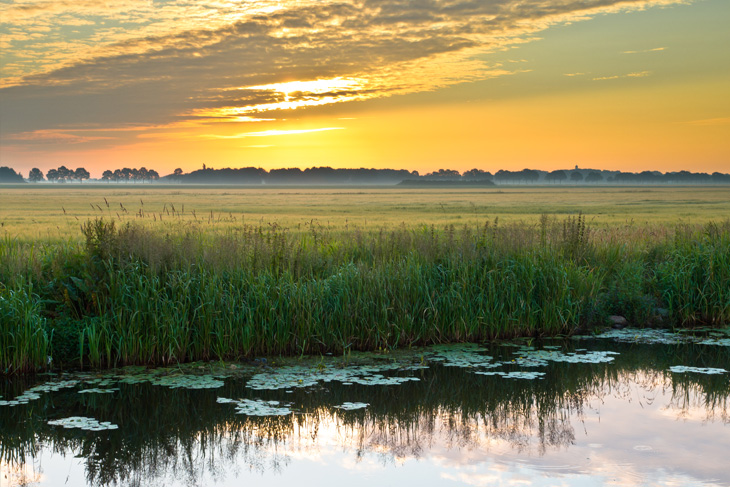The starting point for effective water management is to understand the water cycle at the catchment scale.
In the face of climate change, deteriorating water quality, and loss of biodiversity, we look at soil as a living organism with multiple functions.
In the area of water management we deal with only three, but rather critical challenges – there is too little, or too much water or it is polluted.
Human activities re-shaped the globe and its nature, introducing changes, which fires back both health of the planet and, in consequence, human health and well-being.
Estimating the contribution of agriculture to the use of freshwater resources is often based only on the amount of water used directly.
Agri-environmental measures to protect waters from pollution of agricultural origin include good practices in soil use and fertilizer application within arable land.
Another group of agri-environmental measures presented in the Waterdrive Catalogue of Measures are measures at the interface between land and water.
The last group of measures presented in the Waterdrive Catalogue of Measures are agri-environmental measures directly related to aquatic ecosystems.
WaterGUIDE online is a first version of an interactive decision support system (DSS) for optimizing the selection of mitigation measures.
The Planning Toolbox is a freely available website to learn about good land use planning practices, what tools to use.
The main drainage channel of Storänsbäcken ditch / Gammelbacka stream (Finlandia) is a typical case, not renovated during decades.
Rivers in Jelgava Local Municipality (Latvia) are under stress, affected by high nutrient loadings and eutrophication which leads to rivers’ overgrowth.
Dovinė catchment is a unique area because within the borders of the catchment lies 2 protected areas – Meteliai Regional Park and Žuvintas Biosphere Reserve.
The area of Kutno County is an important agricultural production area in Lodz Province (Poland), which was severely affected by drought in 2018 and 2019.
The Guryevka River is a small river in the Kaliningrad region whose main sources of pollution are human settlements, industrial plants and agriculture.
Nutrient runoff has not decreased significantly over the last 10 years in Denmark, so investments in artificial wetland construction have been prioritized as a mitigation measure.
The municipality of Västervik (Sweden) has a long coast and a large archipelago in the Baltic Sea.

